Home Courses Sound & Vibration
Product Validation : Sound & Vibration Testing
Course Structure Description
There is increasing pressure to make life, quieter and to gain a better understanding of how noise and vibration affect people. Here you would learn fundamental sound and vibration concepts and measurements. You will focus on learning transducers, sensors, Instrumentation, data acquisition, data analysis and reporting. Topics include understanding the Signal processing, Signal to noise ratio, calibration, etc. It might also include basic modelling to study results graphically.
Target Audience
• This can be learned at early stages of Engineering analysis career.• Student of engineering discipline like Mechanical, Automotive, Production & Industrial;
• 3rd year onward can also qualify to take this course.
| Course Structure | |
|---|---|
1. Engineering Products and Engineering Acoustics |
|
Placement Companies      |
|
